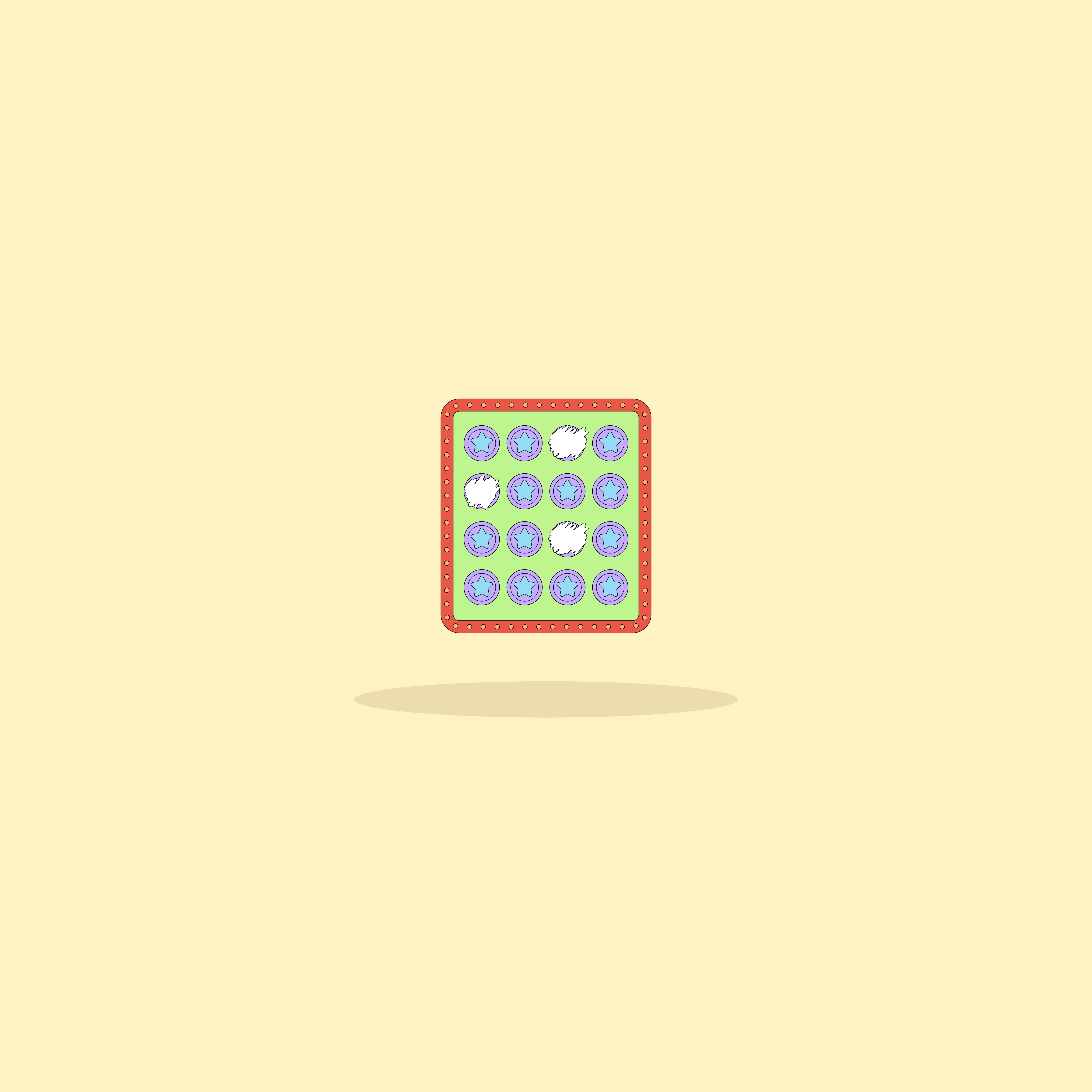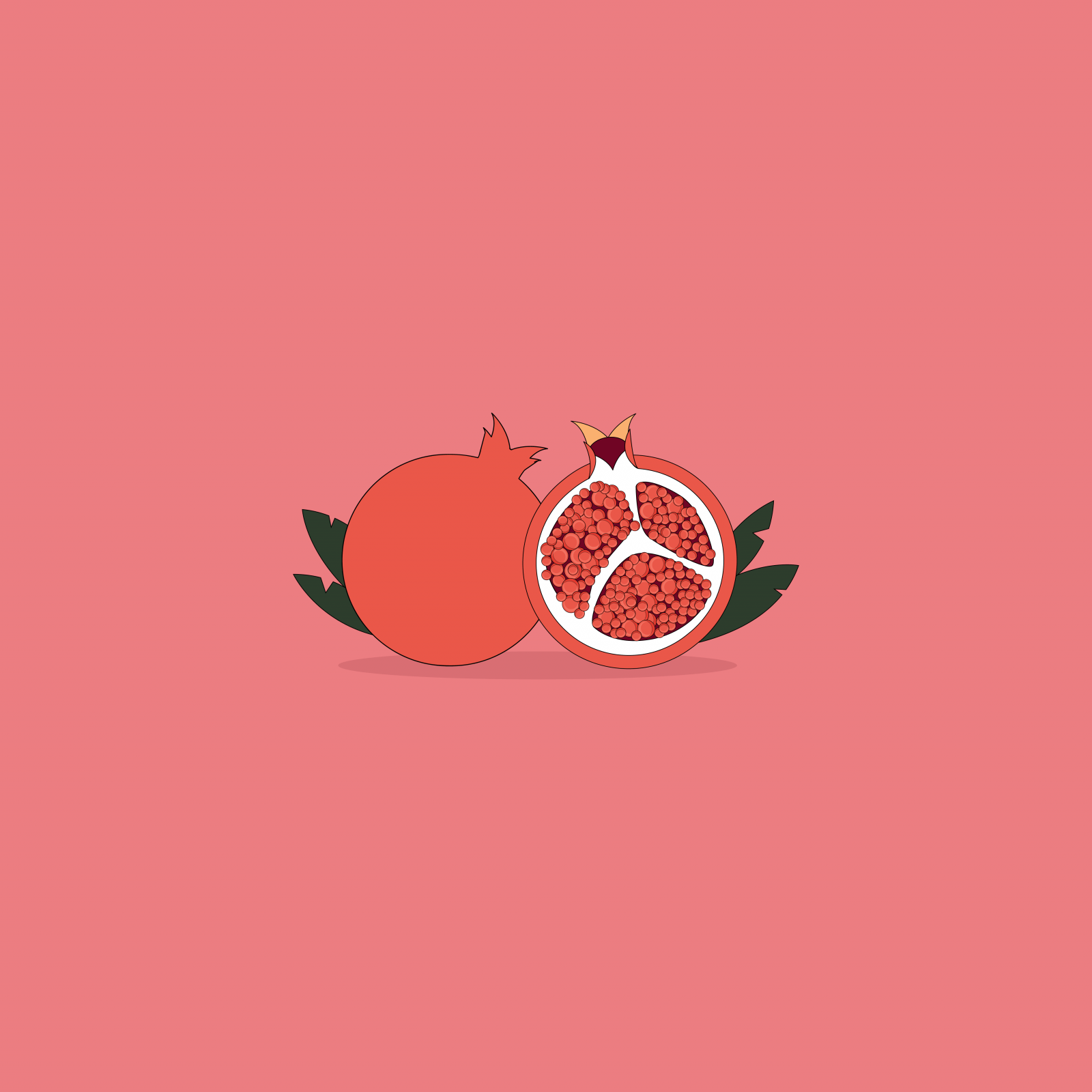Our websites use cookies. By continuing, we assume your permission to deploy cookies as detailed in our Privacy Policy.
Top Customer Segmentation Examples Marketers Should Know
What comes to mind when one thinks of Customer Segmentation? Right off the bat, you may think of Market Segmentation. But what’s the difference between the two? And why is segmentation so important?
Join us as we explore pivotal customer segmentation examples that every marketer should be aware of.
What Is Customer Segmentation?
Customer Segmentation is achieved by splitting your customer base into smaller groups according to typical demographics, preferences, and traits.
The purpose of customer segmentation is to craft tailored marketing strategies for each cluster, backed by comprehensive research.
For marketers, carving out these subgroups is a game-changer. By understanding diverse sub-group needs, product and service marketing become a breeze. As customers resonate with offerings that match their preferences, they’re more inclined to make purchases. The crux here is to establish a genuine connection with your target audience.
Download the FREE Customer Segmentation Playbook to stop generic marketing in it tracks!
Customer Segmentation vs Market Segmentation: What’s the Difference?
Market segmentation, as the name implies, divides the market into smaller sections. Customer segmentation, a subset of this, focuses on categorising customers with similar traits. Think gender, income level, lifestyle, and spending habits—attributes that enable refined targeting.
Why We Need Customer Segmentation
Transitioning from product-oriented markets of the past to customer-oriented markets is a key feature of modern marketing. As the saying goes, the customer knows best.
Customer segmentation aids in understanding sub-groups, enabling marketers to fine-tune strategies that cater to precise needs. It’s about cultivating that sense of desire—making customers exclaim, “That’s exactly what I’ve been seeking!”
Through segmentation, laser-focused marketing campaigns, tailored promotions, and even bespoke advertisements are tailored to influence specific sub-groups. This breeds customer loyalty, with personalised products becoming a gateway for repeat business.
Unveiling the Numbers: The Power of Personalisation
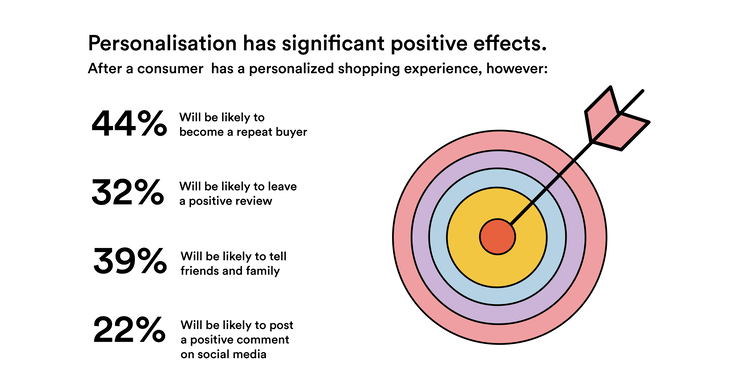
Statistics don’t lie. When customers are offered a personalised shopping experience, 44% become repeat purchasers. Impressively, 39% are likely to share their experience with friends and family. The takeaway? Personalisation’s potency hinges on deep customer understanding – a realm only segmentation can unlock.
In other words, true personalisation cannot be achieved without really understanding the target audience. Hence, personalisation depends on segmentation, and segmentation depends on collecting the necessary and correct data about the customer base.
Once you’ve nailed segmentation, selecting the optimal communication channel becomes second nature. Email, social media, even door-to-door sales – it all stems from profound customer insights. Building robust relationships, tweaking the user experience to best match the target audience’s need and even experimenting with pricing are all in the segmentation playbook.
A Marketer’s North Star
Ultimately, your aim as a marketer is to create long-lasting relationships with the customers. The marketing machinery serves as the conduit, conveying a product or service’s essence to your audience. This places segmentation front and centre in your marketer’s toolkit.
How to Do Customer Segmentation

Customers can be segmented according to these features:
- Demographics: Age, income levels, gender, family status, etc.
- Psychographics: Social status, lifestyle, interest, and beliefs.
- Geography: Location, climate, and language.
- Behavioural: Consumption and spending habits, browsing patterns, etc.
Customer Lifetime Value (CLV), defined as the total value that a customer offers to a company in terms of money, plays a pivotal role too. By segmenting based on CLV, marketers optimise their focus, targeting high-value customers that contribute most to the company’s success.
Essential Customer Segmentation Models
If implemented correctly, segmentation through personalisation can boost revenue up by 3-5%.
Mckinsey Report
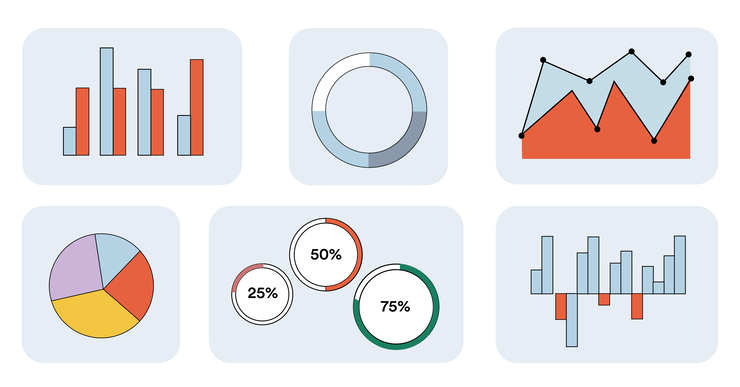
Marketers must know how and when to segment customers according to the four segmentations discussed earlier: Demographic, psychographic, geographic, and behavioural.
There is also Technical Segmentation, where the customers are segmented according to what technology they currently use or/and what technology they prefer to use. These give marketers a clearer idea of what channel to use to reach the customers through their marketing efforts.
Cluster Analysis
Firstly, to understand how to segment customers using cluster analysis, we must know what clusters are. Clusters are a group of things that have certain similarities. Cluster Analysis is a mathematical model. The purpose of using the model in segmentation is to group the customers that have similarities, spending patterns, for instance, together.
So why should marketers use cluster analysis? Once customers are segmented according to their similarities, it is easier for marketers to market a product or service to them and offer personalisation. One common way of conducting this scientific segmentation is the k-means cluster analysis.
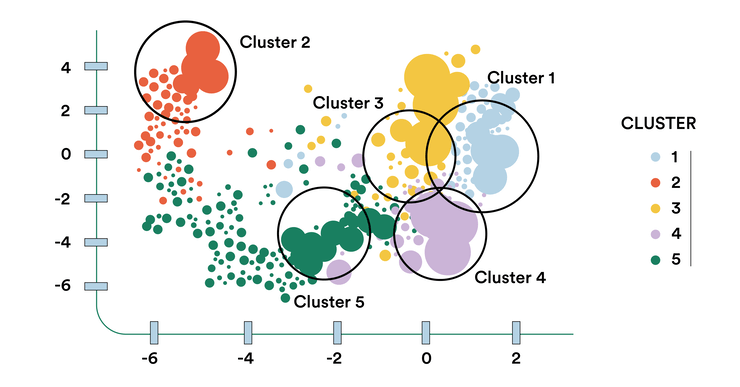
The results obtained from the k-means cluster analysis allow marketers to predict changes in customer preferences. Also, they offer personalisation and special deals to the respective sub-group according to their preferences.
Using this advanced technique to segment is beneficial for marketers as it uses an algorithm to accurately group customers together. As a result, there is more accuracy, therefore, fewer chances of error.
RFM Analysis
Another consumer segmentation model to enhance customer marketing is the RFM (Recency, Frequency, Monetary) Analysis.
- Recency: How long has it been since the customer has ordered anything or interacted with the website or app?
- Frequency: How frequently has the customer ordered or interacted with the company within a given period?
- Monetary: How much has the customer spent during a specific period?
RFM Analysis is used to find the best way to communicate with a single cluster of customers according to their communication preferences. It’s all about nurturing loyalty and enhancing Customer Lifetime Value.
Since marketers have extensive information about their existing customers, such as their purchase history, tastes, preferences, etc., they can use this information to successfully offer the customers offers and promotions that will touch them.
What’s more, is that using RFM is simple and can be done without complicated software and scientific methods. Moreover, it is accurate because it uses specific scales to group the customers, so it is safe to say that it is precise and guarantees success. It is also easy to analyse the information that the marketers gather.
Empower Your Marketing with Segmentation
Where connection is currency, mastering customer segmentation is non-negotiable. Elevate your marketing prowess by integrating demographic, psychographic, geographic, behavioural, and even technical facets. The models – RFM Analysis and Cluster Analysis – pave your way, bolstered by a data-driven approach that turns customers into loyal champions.
Stay agile, stay segmented, and watch your marketing endeavours transform.
Editor’s Note: This article was originally published on August 10, 2021, and was updated for accuracy and comprehensiveness on August 15, 2023.


